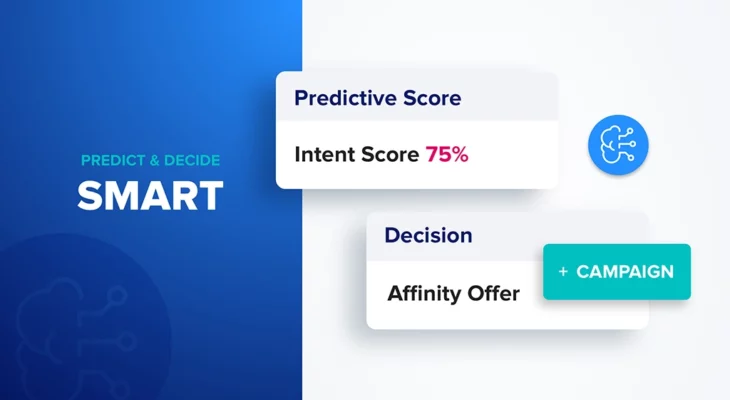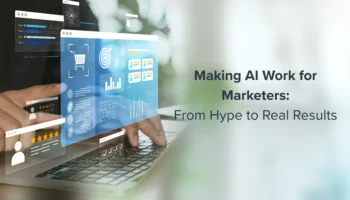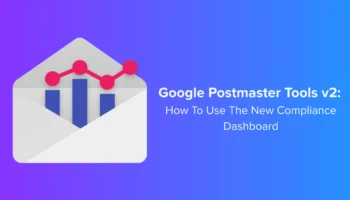Often, marketers find themselves held back by their tech stacks, and this is because stacks are typically built around individual channel platforms, instead of around the customer — and as a result, are left with a fractured view of the customer. It doesn’t matter how many fantastic platforms you have in your stack, the possibility of cohesive customer experience is impossible if you don’t have a single view of the customer and the capability to intelligently understand their behavior. There is hope, though!
To surmount these pervasive problems your martech stack needs a boost. It’s time for marketers to be smarter about how they engage customers by putting the customer first with the SmartHub CDP. In this 5th installment of our SmartHub CDP Explainer Series, we’ll examine the Smart component and how it enables personalized, engaging omnichannel experiences driven by a deep understanding of the customer, including all their historic, real-time, and predicted behaviors.



